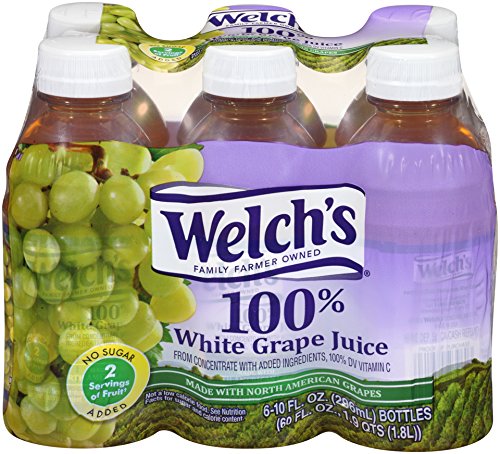Get ready to raise a glass and embark on a fruity adventure as we delve into the world of grape juice. Known for its rich flavors and vibrant colors, grape juice has become a popular beverage enjoyed by both young and old. Today, we uncork the mysteries surrounding grape juices acidity. Join us as we sip our way through the tangy and sweet notes of this delightful drink in a fun and informative journey!
Before we dive into the acidity of grape juice, lets take a moment to understand what acidity means. Acidity is a measure of the level of acid in a substance. The pH scale, ranging from 0 to 14, is used to determine acidity, with 7 being neutral, values below 7 indicating acidity, and values above 7 indicating alkalinity. Armed with this knowledge, were ready to uncover the acidity of grape juice.
Grape juice does not have high acidity, it contains on average 0.4 g of organic acids per 100 cm3. Tartaric acid and L-malic acid are major acids in grape juice. The presence of tartaric acid is a distinctive feature of grape juice, in other juices it presents extremely rare and only in traces.

Is Grape Juice Acidic?
Prepare for a grape revelation: grape juice is indeed acidic! Yes, you heard it right. Grape juice typically falls within the pH range of 2.7 to 4, making it acidic in nature. The acidity in grape juice is attributed to the presence of natural fruit acids, such as tartaric acid, malic acid, and citric acid. These acids contribute to the tangy and refreshing taste that grape juice is known for.
What Makes Grape Juice Acidic?
Now that weve uncorked the acidity of grape juice, lets explore what contributes to its tangy character:
- Fruit Acids: Grapes naturally contain fruit acids that contribute to their acidity. Tartaric acid, in particular, is found in high concentrations in grapes and plays a significant role in the overall acidity of grape juice. These acids give grape juice its characteristic tang and contribute to its refreshing taste.
- Ripening Factors: The acidity of grape juice can be influenced by the ripeness of the grapes at the time of juicing. As grapes ripen, their acidity levels may decrease slightly, resulting in a smoother and less tart flavor. However, even fully ripe grapes still retain a certain level of acidity, ensuring that grape juice maintains its zesty appeal.
- Balance of Sweetness and Acidity: The magic of grape juice lies in the delicate balance between sweetness and acidity. While grape juice is known for its natural sweetness, the presence of acidity provides a pleasant contrast that enhances the overall flavor profile and makes each sip an exciting taste sensation.
What to Drink for Acid Reflux (7 Soothing Drinks)
FAQ
Is white grape juice very acidic?
How healthy is white grape juice?
Does white grape juice have citric acid?
What happens if you drink too much white grape juice?
Why is my grape juice so acidic?
It’s worth noting that acidity levels in grape juices also vary depending on processing methods used; some manufacturers add extra citric or malic acids for taste purposes which further lowers pH levels making them even more acidic thus exacerbating symptoms.
Do white grapes have sugar?
White grapes have approximately 16. 1 g of sugar per 100 g. White grapes, if consumed in a healthy way, can bring health benefits such as cancer prevention and favoring the health of hair, eyes and skin.
Is grape juice too acidic to drink every day?
Grape juice is a staple in every kitchen. Its sweet and sour taste is famous among kids and people of all ages and races. As you might have already guessed by its taste, grape juice has a pH level of 3.2-4.0, making it an acidic drink. However, you might wonder if grape juice is way too acidic and unsafe to drink every day, and the answer is no.
What kind of grape juice is white?
Commercial grape juice gets its flavor from dark, thick-skinned grapes, rather than the sweeter and milder-flavored varieties grown for eating. White grape juice, on the other hand, is made from a green-skinned variety of grapes. Why is grape juice purple? Purple grape juice is simply made from dark-skinned grapes.
